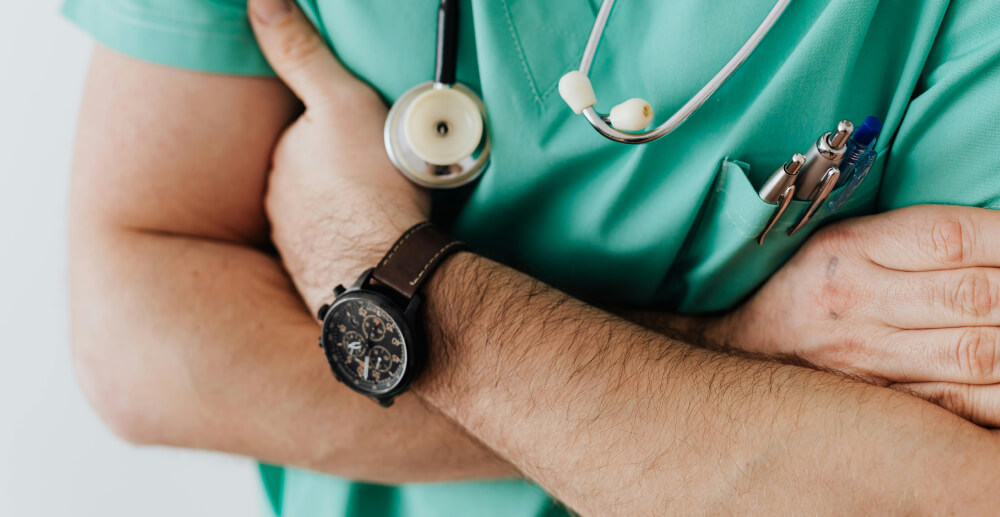2020 has been a year of unprecedented stress.
Global pandemic. Social isolation. Political unrest. Personal loss. Economic upheaval. National division. Rampant civil rights violations. Rampant physical and mental health complications. Sociopolitical, economic, and (if you’re anything like me) personal disorganization. Career instability. Housing instability. Injustice. Depression. Grief. Anxiety. Loss, loss, and more loss. We have collectively taken to greeting each other with statements like “hope you’re relatively well,” or “I’m alright, all things considered,” and our customer service representatives now end calls by telling us to “stay safe.”
All of these factors alone would more than account for a surge in problematic substance use—but there’s more at play. In addition to our collective stress, people who use drugs—particularly those who use drugs chaotically—are having to deal with a whole other set of problems. Many harm reduction providers around the United States have had to reduce or shut down services due to staffing shortages, funding issues, state or jurisdictional guidelines, or infection control needs. Treatment providers have struggled to meet the surge of demand during this acutely stressful time. While some of the more restrictive regulations were lifted for methadone and buprenorphine providers, not all providers chose to change their own practices, or only did so on a temporary basis for certain patients. Other types of services, like detox, inpatient rehab, and sober housing raised entry regulations in attempts to protect current patients from contracting the novel coronavirus. Illicit drug supplies have grown increasingly unstable, and even some legal harm reduction services have experienced difficulty accessing supplies, such as those reported by Nicole Reynolds, a freelance street-based harm reduction provider in North Carolina, who said she has had to resort to buying small syringe supplies from local pharmacies a few times over the course of the pandemic due to under-stocked bulk carriers.
The result? An uptick in substance use, recurrences of chaotic substance use, fatal overdoses and other deaths of despair. These outcomes have been predicted by statisticians like Well Being Trust, confirmed by preliminary numbers from various counties around the nation, and reflected in individual anecdotal reports.
A Cost Already Too High
With counties across the country reporting spikes in the numbers of fatal overdoses this year, we can already see that the cost of reducing harm reduction and treatment services during a time of increased anxiety is already too high. Unfortunately, the harm reduction community has recently been forced to experience a visceral reminder of this too-high cost. Several prominent, respected, and beloved harm reductionists have lost their own lives this year to the instability and despair produced by the criminalization of drug use and the other extreme stressors of 2020. I was privileged enough to know two of those people: Dylan Stanley and Jesse Harvey.
Dylan Stanley was the director of human outreach at Harm Reduction Ohio, an avid harm reductionist, and personally responsible for reversing more than two dozen opioid overdoses, and for distributing even more life-saving doses of naloxone to others. Above all else, she was a mother. This was how we met—she and I shared similarly biased and unjust child services cases around the same time. Though we never met in person, we bonded online over this deep, shared trauma, and our deep, overwhelming hopes that we would both be reunified with our beloved children. Her friends describe her as compassionate, spunky, energetic, creative, beautiful, loving, beloved, inspirational, and a force to be reckoned with.
Jesse Harvey was the founder of the radical Church of Safe Injection. Based out of Portland, Maine, where syringe distribution was hotly contested and not always legal, he provided services even when it meant risking his freedom because his ideal of a harm reduction church was no mere gimmick: Jesse was a true believer. I knew him as a source; he was always happy to slip me a tip or a story because supporting drug user-led journalism was important to him. He went out of his way to connect me with people who could help strengthen my stories, expecting nothing in return but that the truth be told. Even though I did not know him well, I knew he was an idealist at heart. His friends describe him as passionate, hard-working, and dedicated—but also goofy, creative, hilarious, and an overall role-model.
Dylan Stanley and Jesse Harvey represent just two of thousands of lives lost this year—but their losses will be felt by their communities for generations. Those who were also lost this year for similar reasons but not mentioned here were, I am certain, equally important to those who loved them.
What Can We Do?
There are several policy decisions that can and should be made to reduce this untimely and unnecessary human cost, like opening safe injection sites across the nation, making evidence-based treatments more physically and economically accessible, ending the criminalization of drugs (if not legalizing them altogether), removing drug use as a criteria for child services involvement (if not abolishing the foster industrial complex altogether), investing in better social supports, and so on.
But what about what we can do on an individual level, today? Going back to the basics of harm reduction, we can make sure people are not using alone, and that naloxone (the drug that can reverse an opioid overdose) is available anywhere and everywhere it could potentially be needed. If you or someone you love is in quarantine or are otherwise forced to use alone—there’s an app for that! Well, actually a website and phone number. Neverusealone.com, also accessible on Facebook or at 1-800-484-3731 (backup number: 931-304-9452), is available to people in the continental United States who are using substances alone. They promise to “never shame, judge, or preach to stop,” but add that “if you are interested in getting help, we have resources available for you, but we will never push them on you.” They ask for your location, and if you become non-responsive after using, will send emergency services to check on you.
If you are addicted to opioids, medications like methadone and buprenorphine have a strong evidence-base for reducing or discontinuing harmful, unwanted opioid use. A relaxation of regulations in the United States this year have made these medications easier to access in some cases. Buprenorphine, in particular, is now able to be inducted via telehealth, meaning patients can start from home. The presence of illicit fentanyl in many street supplies (including non-opioids like pressed benzodiazepines and cocaine) has made buprenorphine induction particularly difficult; if you are having trouble getting on buprenorphine, talk to your provider about the possibility of microdosing.
If you’re using substances, practice safe use hygiene as much as possible. Don’t share your injection supplies with anyone, including cookers, as blood-borne illnesses like HIV and Hep C can be passed even when you can’t see any blood. Sharing smoking and snorting equipment comes with risks too (especially during the pandemic), so try to always use your own equipment. If you’re forced to share smoking or snorting tools, sterilizing between users with bleach or isopropyl alcohol is the next best option. Wear masks and gloves to supply runs. If you can, test your drugs for fentanyl, even if you’re not buying an opioid.
And practice mental health hygiene too! Whether you’re abstinent, using, in recovery/remission, or in another category altogether—you matter. If you’re struggling, reach out for help. If you can’t see friends in person, talk to them online or on the phone. Find activities you enjoy; maybe try a new knitting webinar, or finally crack open that reading list. Just because you might be home more, doesn’t mean you have to be super-productive; if you lose a day to Netflix, don’t be harsh on yourself. We are all under unprecedented stress. Self-compassion is as important as caring for your community.








